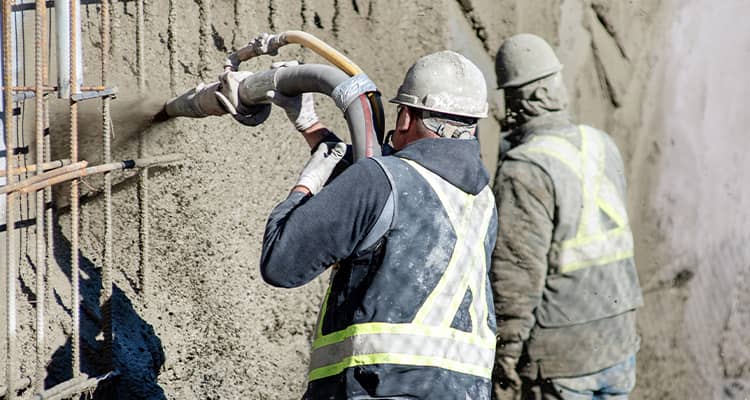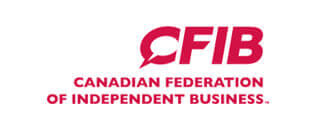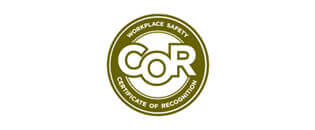
Structural shotcrete is a concreting method where shotcrete placement and finishing techniques are applied by concrete contractors to structural applications instead of formed concrete.
Structural shotcrete walls are provided with a finished surface that is equal or superior to the formed wall finish. Shotcrete is a mixture of aggregate and Portland cement, conveyed by compressed air to the nozzle of a spray gun, where water is added.
The wet mixture is then sprayed in place and carved or troweled almost immediately. For structural uses, shotcrete is usually applied over a framework of reinforcing bars and steel mesh. Shotcrete has many advantages over conventional cast-in-place concrete, such as:
Faster and easier application, especially in hard-to-reach areas or complex shapes
- Reduced formwork and labour costs
- Improved durability and strength
- Enhanced bond with existing concrete surfaces
- Reduced shrinkage and cracking
- Increased resistance to fire, corrosion, and weathering
However, shotcrete also has some challenges and limitations that require careful planning, design, and execution. If not done properly, shotcrete can result in poor quality, performance, and aesthetics. Some of the common mistakes to avoid when using structural shotcrete in construction are:
Mistake #1: Not Hiring Certified Concrete Contractors
Shotcrete is a specialized skill that requires trained and experienced personnel to ensure quality and safety. The American Concrete Institute (ACI) offers certification programs for shotcrete nozzlemen, inspectors, and contractors.
ACI-certified individuals have demonstrated their knowledge and ability to perform shotcrete work according to industry standards and best practices.
Hiring certified concrete contractors is essential for any structural shotcrete project. Certified concrete contractors have the expertise, equipment, and resources to handle the complexities and challenges of shotcrete application.
They can also provide quality control, testing, and documentation to verify the compliance and performance of the shotcrete work.
Also Read: How Shotcrete Contractors Ensure Quality And Safety In Architectural Shotcrete Applications
Mistake #2: Not Following Proper Design And Specification Guidelines
Shotcrete is not a one-size-fits-all solution for every structural application. It requires careful design and specification to suit the specific project requirements and conditions.
Some of the factors that need to be considered when designing and specifying structural shotcrete are:
- The type of shotcrete (wet-mix or dry-mix), depending on the desired consistency, flowability, and setting time
- The mix design and proportions, based on the required strength, durability, workability, and finish
- The reinforcement details, including the type, size, spacing, and orientation of bars and mesh
- The thickness and shape of the shotcrete layer ensure adequate cover for reinforcement and uniformity of cross-section
- The curing method and duration to prevent premature drying, cracking, or loss of strength
- The surface preparation and bonding requirements to ensure proper adhesion between shotcrete and substrate
- The finishing method and appearance, including carving, troweling, brushing, or spraying
The ACI provides several guides and standards for designing and specifying structural shotcrete. These documents cover the general principles, recommendations, and examples of structural shotcrete applications.
They also provide guidance on how to avoid common problems such as segregation, rebound, delamination, honeycombing, voids, or overspray.
Mistake #3: Not Performing Adequate Quality Control And Testing
Quality control and testing are vital for ensuring the quality and performance of structural shotcrete.
Quality control involves monitoring the materials, equipment, personnel, environment, application process, curing process, and finished product.
Testing involves measuring the properties and characteristics of the shotcrete before, during, and after application.
Some of the quality control measures that should be implemented for structural shotcrete are:
- Checking the quality and consistency of the materials (cement, aggregate, water, admixtures) before mixing
- Calibrating the equipment (pump, hose, nozzle) before application
- Verifying the qualifications and certifications of the personnel involved in the project
- Controlling the environmental conditions (temperature, humidity, wind) during application
- Observing the application technique (angle, distance, speed) during spraying
- Inspecting the surface condition (cleanliness, roughness) before spraying
- Monitoring the thickness and shape of the shotcrete layer during spraying
- Protecting the shotcrete from damage or contamination during curing
Some of the testing methods that should be performed for structural shotcrete are:
- Sampling the fresh shotcrete for slump or flow tests before spraying
- Taking cores or panels from the hardened shotcrete for compressive strength, flexural strength, or bond strength tests after curing
- Performing non-destructive tests (such as ultrasonic pulse velocity, rebound hammer, or impact echo) on the hardened shotcrete to detect defects or anomalies
- Conducting visual inspection and evaluation of the finished shotcrete to assess the appearance, uniformity, and defects
The ACI provides several standards and procedures for quality control and testing of structural shotcrete. These documents specify the frequency, methods, criteria, and documentation of quality control and testing activities. They also provide guidance on how to interpret and analyze the test results and how to take corrective actions if needed.
Conclusion
Structural shotcrete is a versatile and efficient method of concrete construction that offers many benefits over conventional cast-in-place concrete.
However, it also requires careful planning, design, and execution to avoid common mistakes that can compromise its quality and performance.
By hiring certified concrete contractors, following proper design and specification guidelines, and performing adequate quality control and testing, structural shotcrete projects can achieve successful outcomes that meet or exceed expectations.
About Us
SprayForce Concrete is a leading provider of structural shotcrete services in Alberta, Canada. We are certified by the American Concrete Institute (ACI) as a shotcrete contractor and have a team of ACI-certified nozzlemen and inspectors.
We specialize in structural shotcrete applications for residential, commercial, industrial, and institutional projects. We offer high-quality workmanship, competitive pricing, and excellent customer service. Contact us today for a free estimate or consultation on your structural shotcrete project.





